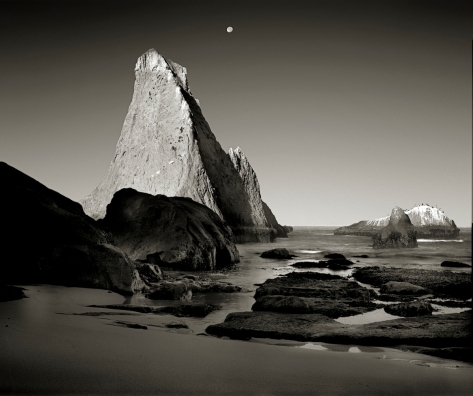“The grasses up north are as blue as jade, Our mulberries here curve green-threaded branches; And at last, you think of returning home” Li Bai
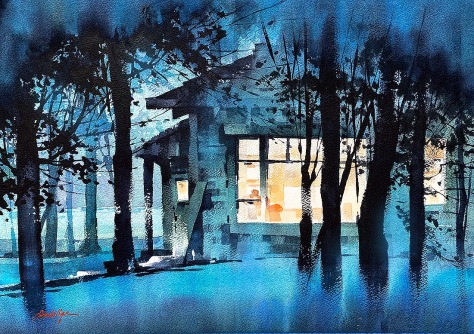
“A feat, this heart’s control
Moment to moment
To scale all love down
To a cupped hand’s size”
Edith Tiempo, Bonsai
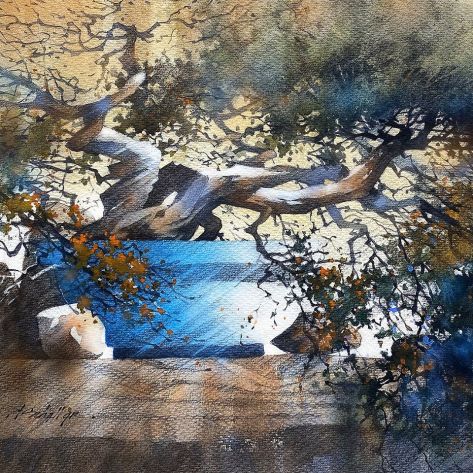
Thomas W. Schaller is an award-winning artist, architect, and author based in Los Angeles. As a renowned architectural artist, he received a Graham Foundation Grant and was a two-time recipient of the Hugh Ferris Memorial Prize. He has authored three books; the best-selling, and AIA award winner, Architecture in Watercolor (VNR – McGraw Hill) The Art of Architectural Drawing (J.Wiley and Sons), and Thomas W. Schaller, Architect of Light : Watercolor Paintings by a Master – a retrospective of his recent artwork released by North Light Books / F+W Media and now Penguin / Random House, NYC in 2018.
“My work is a study in contrasts: light and dark, vertical and horizontal, warm and cool tones, the real and the imagined, as well as the past, present, and future. These elements and others are designed to collide and sometimes find resolution on the surface of the paper. And by so doing, I invite you to take part in my artistic process – not to determine the stories I am telling – but hopefully, to inspire you to tell stories of your own.”


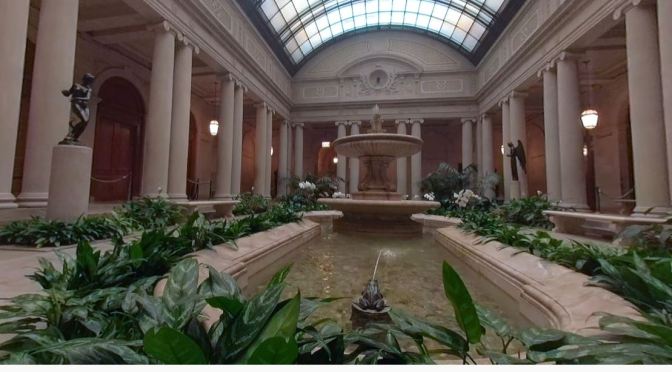


 Chloroquine was shown in 2004 to be active in vitro against SARS coronavirus but is of unproven efficacy and safety in patients infected with SARS-CoV-2. The drug’s potential benefits and risks for COVID-19 patients, without and with azithromycin, is discussed by Dr. David Juurlink, head of the Division of Clinical Pharmacology and Toxicology at Sunnybrook Health Sciences Centre in Toronto.
Chloroquine was shown in 2004 to be active in vitro against SARS coronavirus but is of unproven efficacy and safety in patients infected with SARS-CoV-2. The drug’s potential benefits and risks for COVID-19 patients, without and with azithromycin, is discussed by Dr. David Juurlink, head of the Division of Clinical Pharmacology and Toxicology at Sunnybrook Health Sciences Centre in Toronto.
 In a leafy Boston suburb, a place to park cars and repair vintage scooters grows into a bucolic sanctuary.
In a leafy Boston suburb, a place to park cars and repair vintage scooters grows into a bucolic sanctuary.
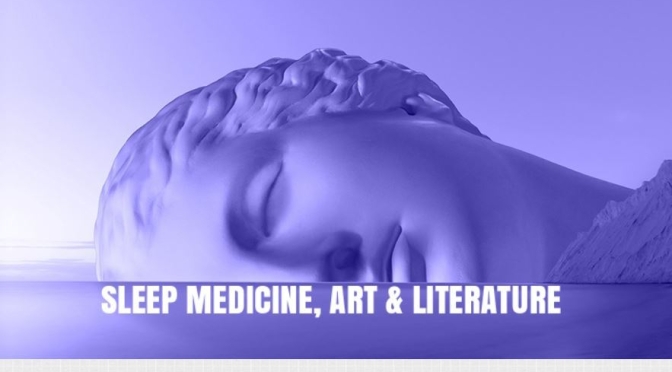

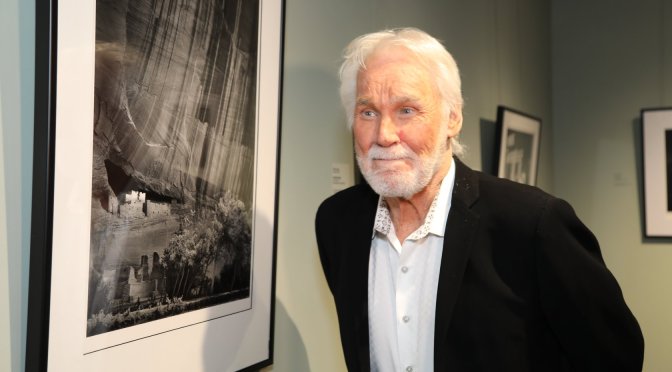

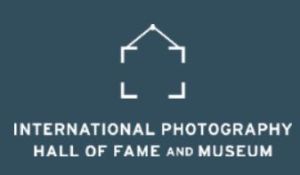 The International Photography Hall of Fame and Museum mourns the passing of its first Lifetime Achievement Award Winner and 2017 inductee Kenny Rogers. Rogers was a dedicated and talented photographer for nearly four decades. His best-known images are portraits of well-known singers, actors, and dignitaries from around the globe.
The International Photography Hall of Fame and Museum mourns the passing of its first Lifetime Achievement Award Winner and 2017 inductee Kenny Rogers. Rogers was a dedicated and talented photographer for nearly four decades. His best-known images are portraits of well-known singers, actors, and dignitaries from around the globe.